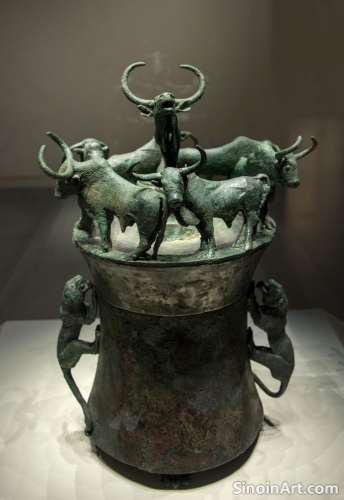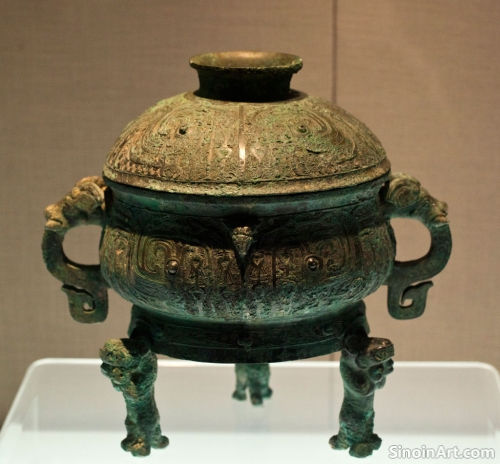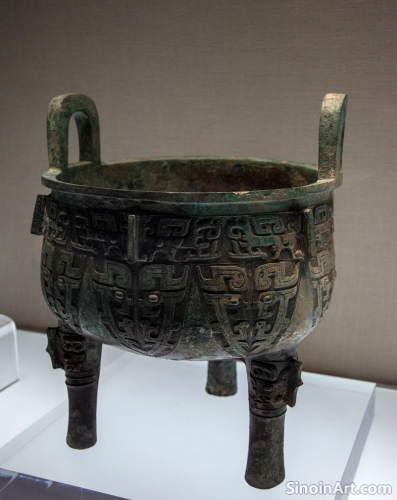The Preservation of Bronze Ware: The Impact of Environmental Factors and Storage Conditions
|
The preservation of ancient Chinese bronze ware is a challenging endeavor, requiring a deep understanding of how environmental factors and storage conditions can impact the long-term survival of these valuable artifacts. The careful and thoughtful management of storage and display conditions is essential to the continued survival of these artifacts. The careful consideration of their chemical and physical properties is vital to ensure their long term preservation.  Bronze artifacts are highly susceptible to corrosion, which is caused by exposure to moisture, humidity, and various pollutants. The careful management of environmental conditions helps to slow or even to stop the corrosion process. The control of temperature, humidity, and air quality is vital to preserving these objects for future generations.  The presence of salts and acids in the environment can also accelerate the process of bronze deterioration, requiring the careful cleaning and stabilization of artifacts before being put into storage or display. The removal of contaminants is key to enhancing both the longevity and also the visual appeal of the artifacts.  The materials used for storage, transportation, and display can also have an impact on the preservation of bronze ware, requiring careful consideration in choosing materials that will not degrade the artifacts. The materials used in preservation should both protect and enhance the appearance of the bronze pieces. The selection of appropriate materials is essential to long term preservation. The study of the impact of environmental factors and storage conditions helps us to develop more effective strategies for preserving and protecting Chinese bronze ware, ensuring that these important cultural treasures will be available for study and appreciation in the years to come. The careful planning and execution of preservation techniques is essential to ensuring that these valuable artifacts are available for future generations to study and appreciate. |
Tag : bronze preservation, environmental factors, artifact storage, corrosion control, conservation science
Related information
- Bronze Ware and Ancient Chinese Beliefs About the Afterlife: Providing for the Journey and Eternal Life
- The Role of Bronze Ware in Ancient Chinese Trade with Southeast Asia: Exchange of Goods and Cultural Ideas
- Bronze Ware and the Development of Ancient Chinese Trade Routes: Pathways for Exchange and Innovation
- The Ethical Responsibilities of Museums in Displaying Chinese Bronze Ware: Context and Interpretation
- Bronze Ware and Ancient Chinese Trade: Examining the Role of Material Culture in Economic Exchange
This article explores the use of bronze ware in ancient Chinese tombs, highlighting its role in providing for the deceased's journey into the afterlife, offering protection, and reflecting beliefs about continuity and eternal existence.
This article explores the role of bronze ware in ancient Chinese trade with Southeast Asia, highlighting the exchange of goods, the spread of cultural ideas, and the impact on both economic and artistic development across the region.
This article explores the relationship between bronze ware and ancient Chinese trade routes, highlighting how the movement of objects and raw materials fostered cultural exchange, innovation, and the development of complex economic networks.
This article explores the ethical responsibilities of museums in displaying Chinese bronze ware, highlighting the need for proper context, transparency about provenance, respect for cultural sensitivities, and the role of museums as stewards of cultural heritage.
This article explores the role of bronze ware in ancient Chinese trade, highlighting its use as a valuable commodity, its impact on shaping trade routes and market systems, and its contribution to the broader economic landscape of the time.